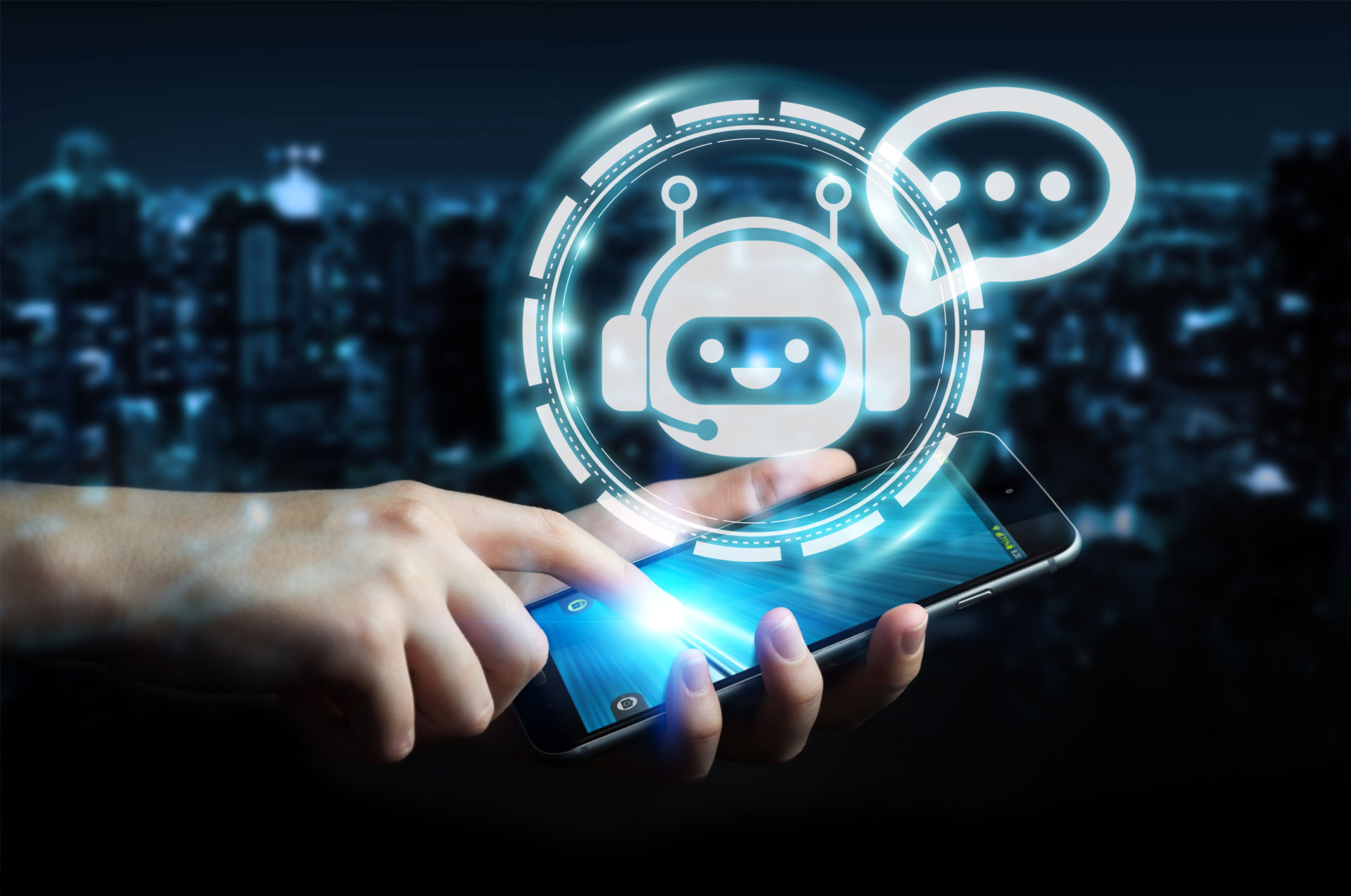Companies seek to optimise their operations and enhance customer satisfaction in today’s rapidly changing business landscape. An increasingly popular way for businesses to achieve these goals is by leveraging chatbots. These computer programs, powered by artificial intelligence (AI), offer a conversational interface that enables a more personalised and efficient customer interaction.
In this article, we will explore the benefits of chatbots and delve into their evolution over time. Furthermore, we will examine how chatbots revolutionise companies’ communication with their customers.
Introduction to Chatbots
Chatbots are computer programs specifically designed to simulate human-like conversations. They are typically utilised to interact with people through messaging applications or websites to provide a seamless and natural communication experience. With the advancements in artificial intelligence (AI) technology, modern chatbots have become even more sophisticated and intelligent.
One of the primary advantages of chatbots is their ability to comprehend natural language and respond conversationally. This makes them an attractive option for businesses seeking to engage with customers more efficiently and personally. While chatbots have existed for a few years, recent advancements in AI technology have made them even more beneficial and valuable for businesses of all sizes and types.
The Evolution of Chatbots
Initially, rudimentary rule-based programs were created to respond solely to a restricted number of predetermined inputs. But, as artificial intelligence technology has progressed, chatbots have also evolved. Present-day chatbots are powered by sophisticated natural language processing (NLP) and machine learning algorithms that empower them to comprehend and retort to an extensive spectrum of inputs in a conversational manner.
The Benefits of Chatbots
There are many benefits to using chatbots in customer communication. Firstly, they can operate 24/7, providing round-the-clock customer support without the need for human intervention. This means that customers can receive assistance at any time of the day or night, which can be particularly beneficial for businesses operating in different time zones.
Additionally, chatbots are more efficient than human agents, as they can handle multiple conversations simultaneously, reducing the need for additional staff. They can also provide instant responses, improving customer satisfaction and reducing wait times.
Another benefit of chatbots is their ability to personalise customer interactions. Chatbots can use customer data and machine learning algorithms to provide tailored recommendations and offers based on a customer’s purchase history and preferences. This can lead to increased sales and customer loyalty.
How Chatbots are Used in Business
Chatbots are used in various ways in business, including customer service, sales, and marketing. In customer service, chatbots can answer common queries and support common issues, freeing up human agents to handle more complex cases.
Chatbots can provide product recommendations and upsell opportunities in sales, increasing revenue. In marketing, chatbots can engage with customers and provide targeted promotions and offers, increasing conversion rates.
Chatbots in Action
Let’s take a look at some examples of chatbots in action. The airline KLM uses a chatbot called BlueBot to assist customers with their travel plans. BlueBot can provide flight information, answer queries about baggage allowances, and even help customers book flights. Another example is H&M, which uses a chatbot to provide personalised fashion recommendations based on a customer’s preferences and purchase history.
The Future of Chatbots
The future of chatbots is exciting, with many companies exploring new ways to use them to improve customer communication. One area likely to see significant growth is voice-activated chatbots, which can be used in smart home devices and personal assistants such as Amazon Alexa and Google Home. Another growth area is chatbot-human collaboration, where chatbots and human agents work together to provide a seamless customer experience.
FAQs
How do chatbots work?
Chatbots use natural language processing (NLP) and machine learning algorithms to understand and respond to conversationally a wide range of inputs.
What are the benefits of using chatbots in customer communication?
Chatbots can operate 24/7, provide instant responses, personalise interactions, and reduce the need for additional staff, leading to increased efficiency and customer satisfaction.
How are chatbots used in business?
Chatbots are used in customer service, sales, and marketing to provide support, increase revenue, and engage with customers.
What is the future of chatbots?
The future of chatbots is exciting, with many companies exploring new ways to use them to improve customer communication, including voice-activated chatbots and chatbot-human collaboration.
Conclusion
In conclusion, chatbots are changing how companies communicate with customers, providing round-the-clock support, personalised recommendations, and increased efficiency. As AI technology continues to advance, chatbots are likely to become even more sophisticated and capable, allowing businesses to provide even better customer service and support. While chatbots will never fully replace human agents, they are a valuable tool for businesses looking to streamline their operations and improve customer satisfaction.
